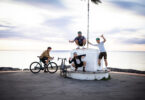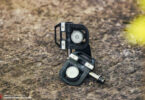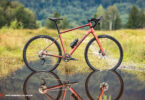Anyone that has grown up bike racing has surely cut their teeth crit racing, but those new to the sport might be wondering what this discipline is. Having once slowly disappeared from our urban environments, as cities became the home of pedestrians and cars at the cost these high-adrenalin full-gas races, the classic format has recently re-emerged under the guise of ‘Fixed Gear Crits’.
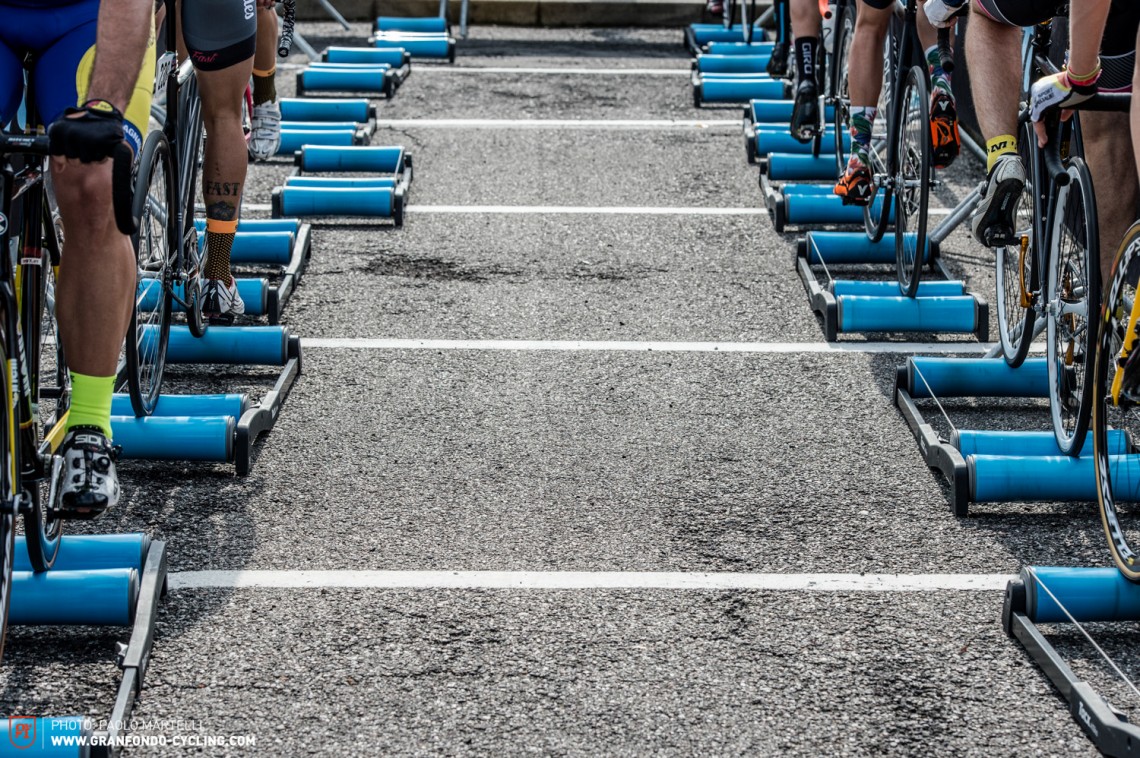
But let’s start at the beginning: what on earth are criterium races and what are fixies doing meddling in road cycling? In the world of road cycling, crits have tended to take a backseat. Logistically, only skilled race organisers are in a position to cope with the demands of organising a one-day race or a stage race, limiting their frequency in the calendar. And that’s not to mention the intensive training that racers have to undertake before taking to the start. Think about time trails – potentially the logistically simplest format of them all – the need for more and more specialized technology is rising, making them even tougher for amateurs to break into. So crits could be seen as the most accessible discipline of them all, and that’s exactly why their races are the most common amongst amateur racers. Although, we should probably mention that they’re also amongst the hardest forms of bike racing, seeing competitors in the gutter from start to finish where positions are key.

The rules
Crits play out on closed circuits of around 1 to 3 kilometres. The total distance of these events depends on the location and length of the laps (usually around 1-3km), but irrespective of how far they are, they are definitely going to be full gas for the entirety of the race. They’re often in urban city centre locations, rendering them mega spectator-friendly –you get more than just a split-second glance of the peloton unlike in a road race.
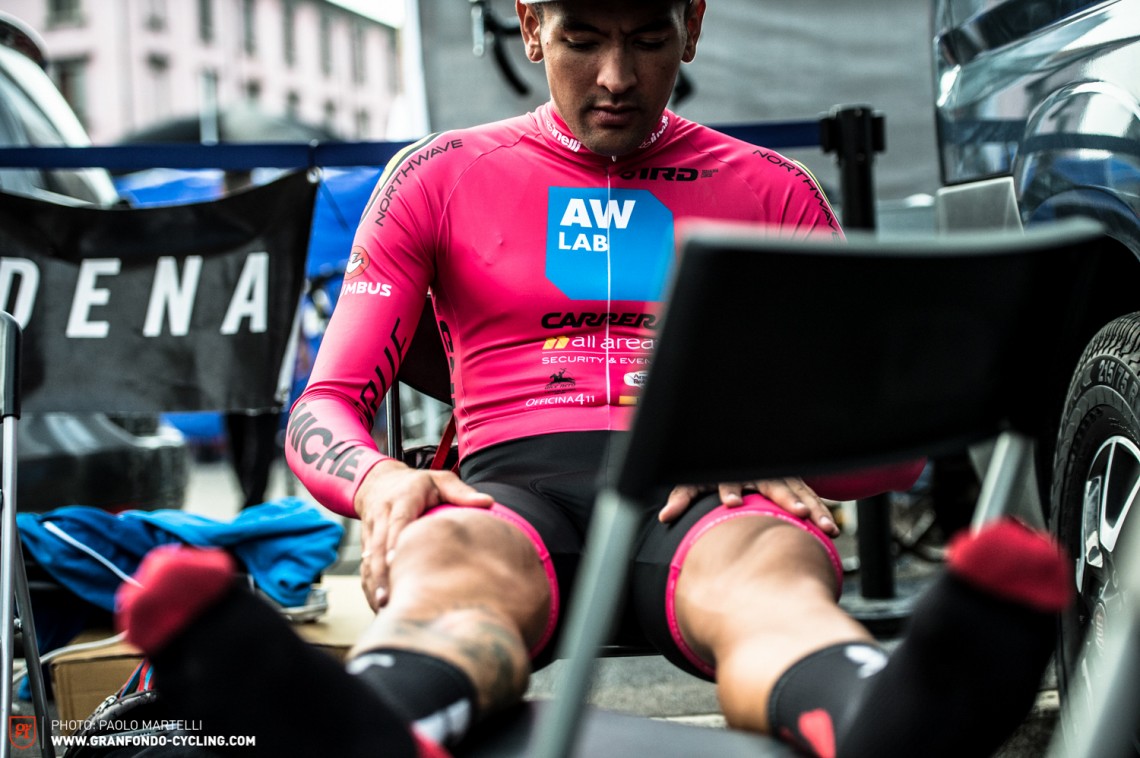
The races can be packed with regular primes [said more like preems], which are essentially hot-spot sprints. In the original French definition of critérium, the winner is the rider with the most points, who won the most primes. As the winner isn’t necessarily the first over the line, these races essentially took the spectacle of the Points Race from the track and brought them to the road. This sort of traditional format only really takes places in Europe these days, particularly in German-speaking areas. The modern day version (mainly found in English-speaking zones) – way more spectator-friendly and easy to follow – finishes with a pure, all-out sprint finish. The winner of the primes usually wins money or goods, creating more entertainment for the spectators.
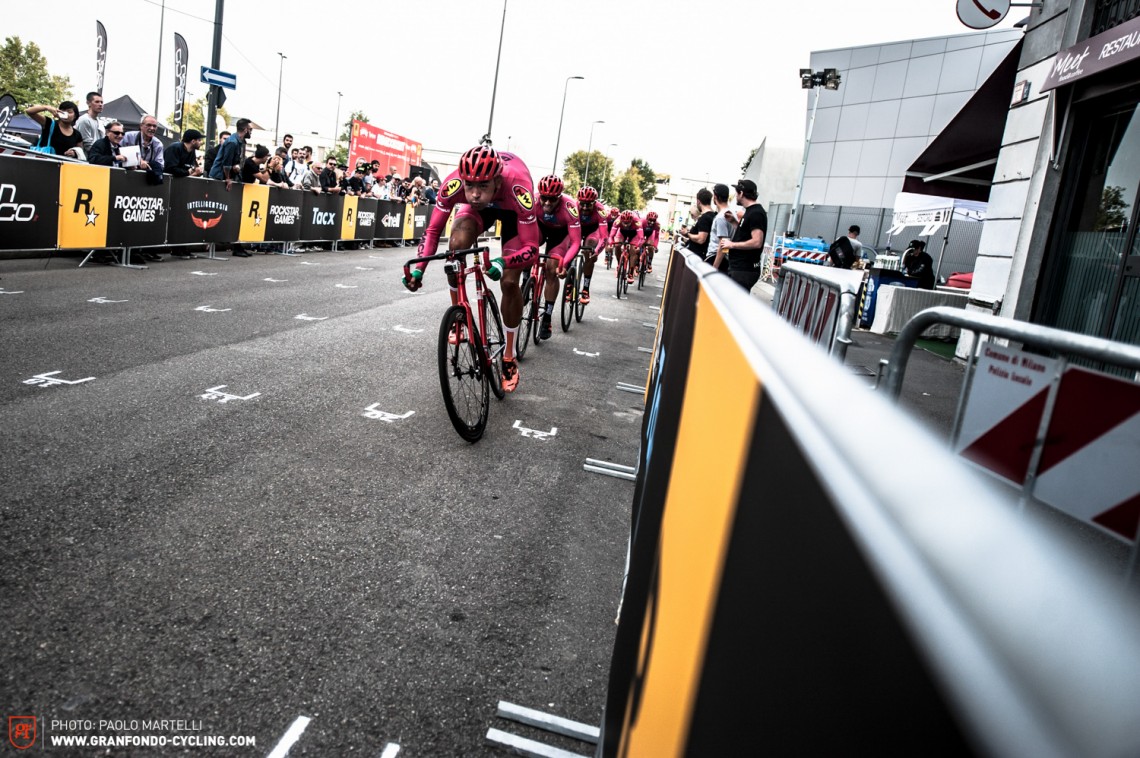
What it takes: the rider
If you head into a crit race with the assumption that you’ll just be doing an hour-long race, think again. Compared to Grand Tours like the Giro, the Vuelta, the Tour de France, where riders have an average of 40 km/h for circa 3,500 km, a crit is going to ask you to push those pedals at an average of 50 km/h. Then add in the tight corners and blink-and-you’ll-miss-them short straights, it’s all about explosive power, precise handling and rapid braking manoeuvres, and all the time your position in the bunch is key.

There’s no roll-out to the start or any sort of mid-race freewheel – you’ll be in the red from the gun, and if not then you’re already out the game. Be prepared for your lungs and legs to scream in agony and burn with lactate. The field will be in one long line from the full gas riding, and it can take a good 20 seconds until all the riders have passed the start line after each lap. Don’t expect to gain back many positions either; once you’re in the mid or back section of the field then you’re basically out of the running for the top positions. The best crit riders are virtually unbeatable sprinters with a good dose of power endurance too or wily foxes that can sniff out the right break to be in, thus killing the hopes of those big sprinters. Then there’s the demand for handling skills, taking corners at over 40 km/h. The less speed you lose, the more power you’ll conserve, it’s all about the flow.
With track bikes?
In view of the speeds and the mastering of such technical riding, you’ll realize the respect that these races deserve. Now take away the brakes and the freewheel, and then imagine it all over again, but on track bikes this time.

A lot of messenger riders were at the heart of starting fixie crits with the biggest of them all being born in New York back in 2008. A certain David Trimble gathered his friends on his birthday, hosting a crit race in Brooklyn’s neighbourhood of Red Hood. A non-licensed race and with no specific bike requirements, it was just an attempt to reawaken street racing, like the infamous Alley Cat events by messengers, and enliven the audience with a party atmosphere.
Not long after, the trend for fixed gear reached its peak, with films by Mash and Macaframe collectives spreading the hype about the stateside courier scene via social media right across the globe. The concept of Alley Cats (informal races on public roads reminiscent of how messengers ride for their jobs) then spread to Shanghai, via Europe and San Francisco and the term ‘fixie’ became an in word, synonymous with hipsterism. This was the popularisation of a new two-wheeled discipline, which would first take over social media before redefining the industry.

Over the past nine years, the Red Hook Crit has become a worldwide racing circuit, although Trimble is still at the helm. New York, London, Barcelona and Milan are the ports of call for the series, which are seen the unofficial world series of the scene. The riders aren’t so much messengers as they were in the past, and the start lines are now packed with current and former elite riders, many of whom are sponsored by big name cycling and fashion brands. Year on year there are more spectators, and the races have better media coverage than any World Tour pro race – although naturally Red Hook Crits can’t rival these in terms of reach, recognisability and acclaim. Competitors don’t need a license or have to fulfil any requirements; anyone can enter (provided your internet connection can cope). The 250 positions usually sell out within minutes.
Once you’re registered, you’ll need a track bike and a helmet. Oh, and fast legs will make sure you qualify. Riders start in five or six different groups at Red Hook Crits, each having 20 minutes to clock their fastest lap time – much like qualifiers for numerous types of motorsport. Slipstreaming is allowed, but make sure you choose the right riders, as you don’t want to get caught up in the chaos of a crash. Avoiding these should put you on track for a good time. The 85 fastest then make it through to the final.
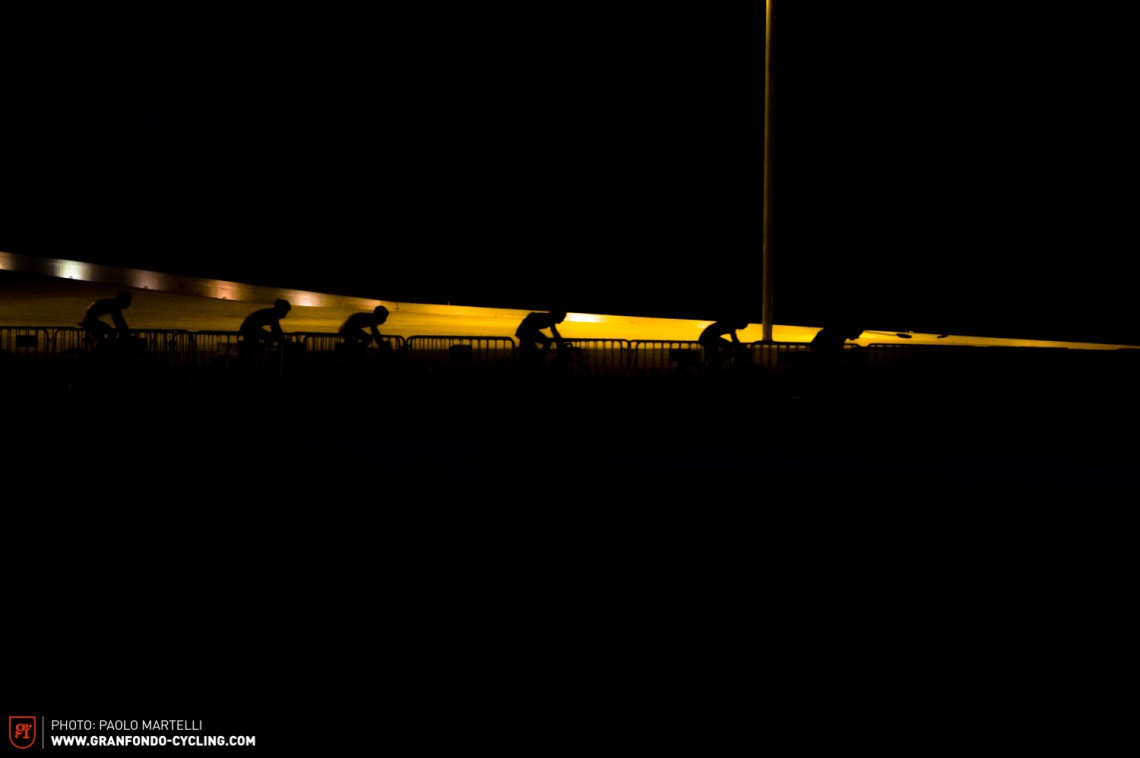
Often taking place after sunset, the grand finale is pretty spectacular. Hotly contested from the gun, with the first prime up for grabs at the end of the first lap. Unlike regular road racing, the battle at the back of the field is usually even more brutal than at the sharp end of the race. Crashes can be unavoidable, and frequently more disastrous than in a regular road race given the lack of brakes. After all, fixies need power to both accelerate and brake, so it can get pretty hairy as fallen riders and bikes skin across the circuit.
Then there’s the issue of cornering, which is another skill altogether. If you inch your pedal too close to the floor, touching it mid-corner, then it’s going to be virtually impossible to avoid crashing. So it’s not just the fast and strong who wins, but the most capable and skilful rider, who is both fast and strong too. You’ve got to be prepared to go shoulder to shoulder with your rivals to defend your position and dare to slip through the narrowest of gaps to make a break. Being brave pays off.
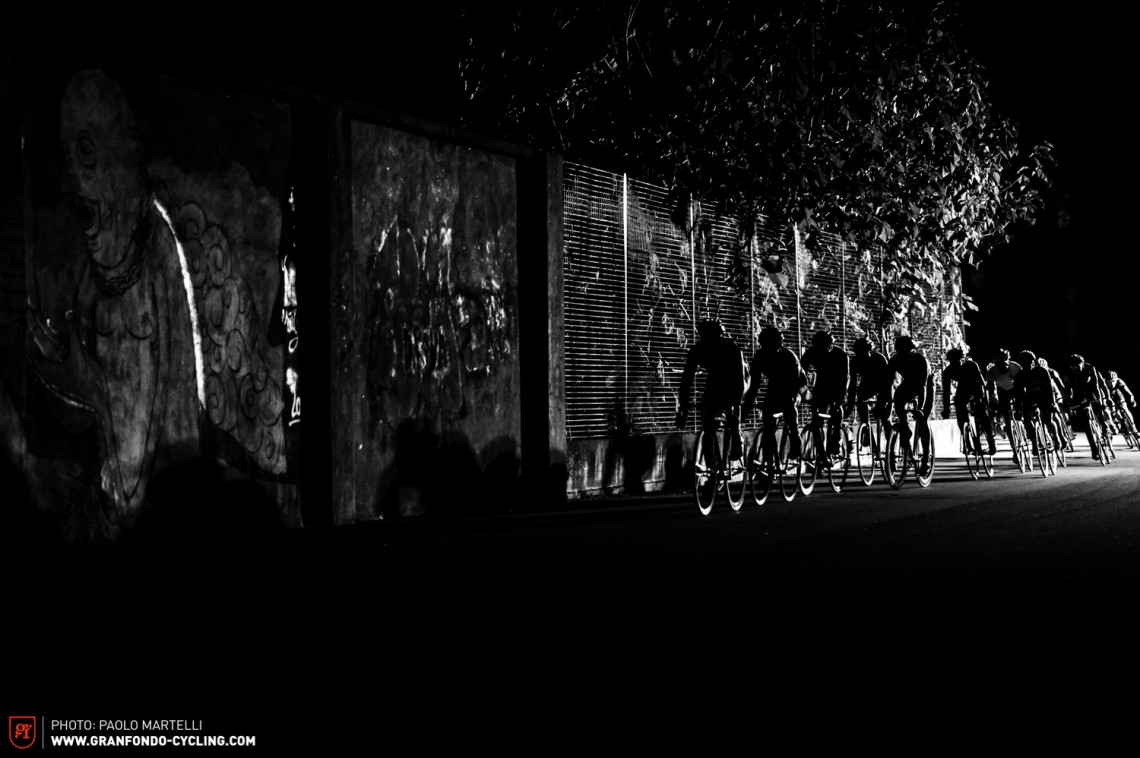
Despite the fact that the punk character has been diluted by professionalism, there’s still a real sense of anarchy at these fixie crits, particularly at the post-race parties that stay true to the saying: Ride hard, and party harder.
The events in the Red Hook Crit Championship Series are hands down the world’s most popular and hotly-contested fixie crit races. But seeing as they have the world’s best riders taking part, they’re perhaps not the best introduction for newbie riders. Yet that’s not to say there are no beginner-friendly races: Europe is packed with a ton of more suitable ones, so just check out our up-to-date race calendar for an event near you.
Words: Maxe Faschina Photos: Paolo Martelli for Asssavers
Did you enjoy this article? If so, we would be stoked if you decide to support us with a monthly contribution. By becoming a supporter of GRAN FONDO, you will help secure a sustainable future for high-quality cycling journalism. Click here to learn more.


